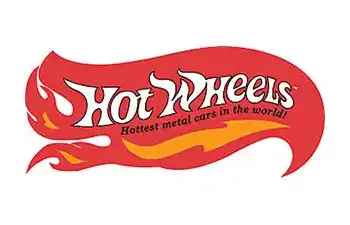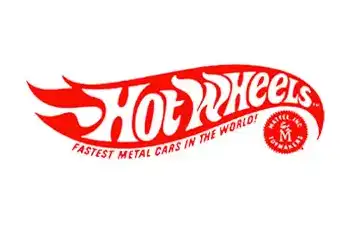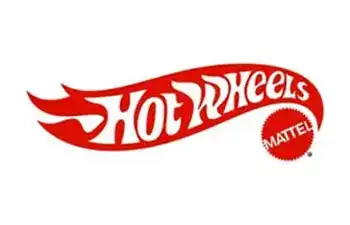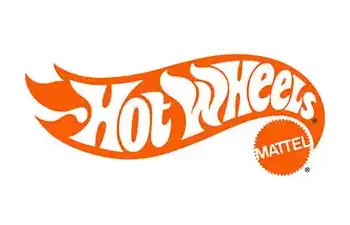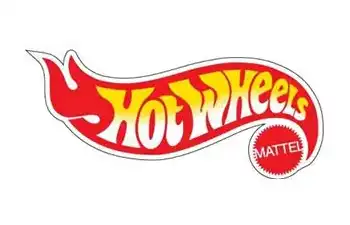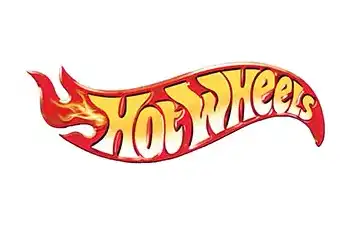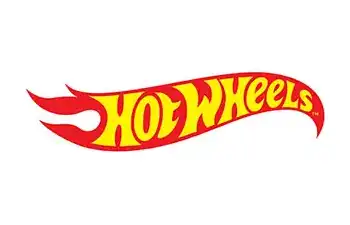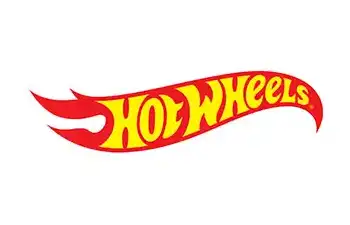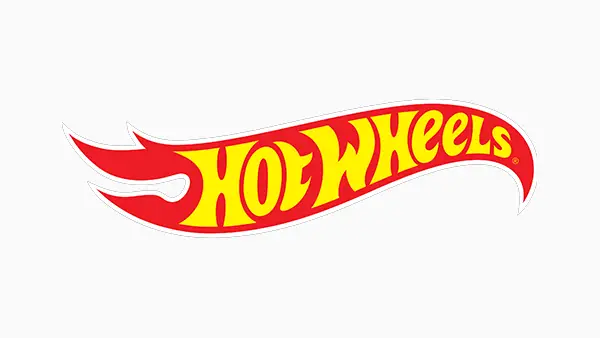
Hot Wheels History
For over 50 years Hot Wheels has been a part of the lives of millions of children and adults. What started as just a toy, has become a fever among collectors and aficionados of the brand.
Hot Wheels came about when Elliot Handler, one of Mattel’s co-founders, challenged his team to create a toy car that was cooler and performed better than anything else on the market. He was impressed with the wheel design when he saw the first prototype. Soon, agreements were closed with car manufacturers with the appropriate licenses for the sale of the miniatures.
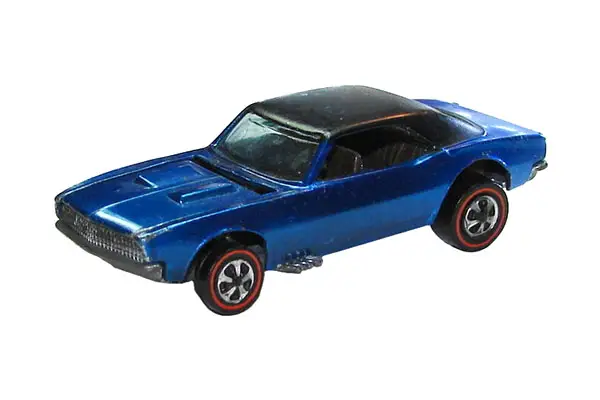
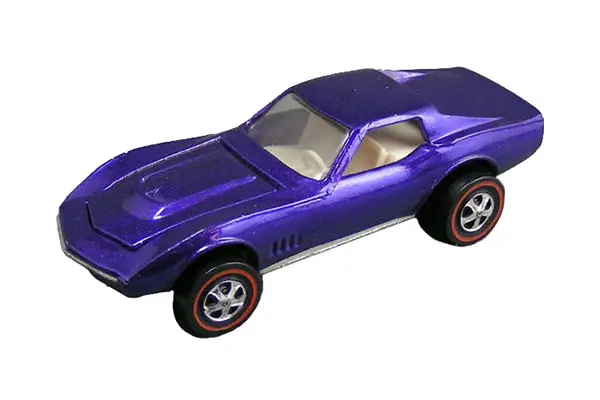
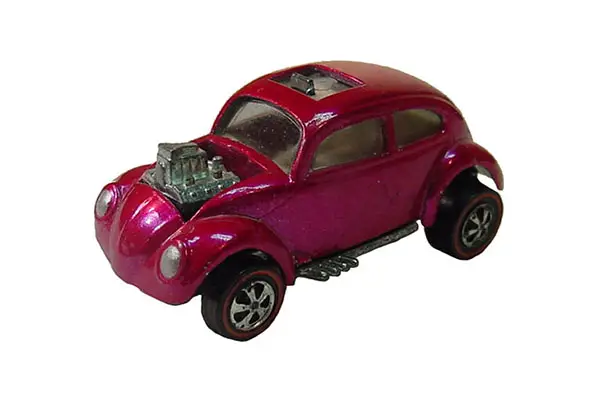
The first Hot Wheels to hit the market was the Custom Camaro, soon followed by 15 more releases. These first 16 Hot Wheels releases became known as the “Original 16”, or “Sweet 16”. These were the first in the Red Line Series, which had a red stripe on the tires. Tracks and sets, where you could play with the cars, were also released.
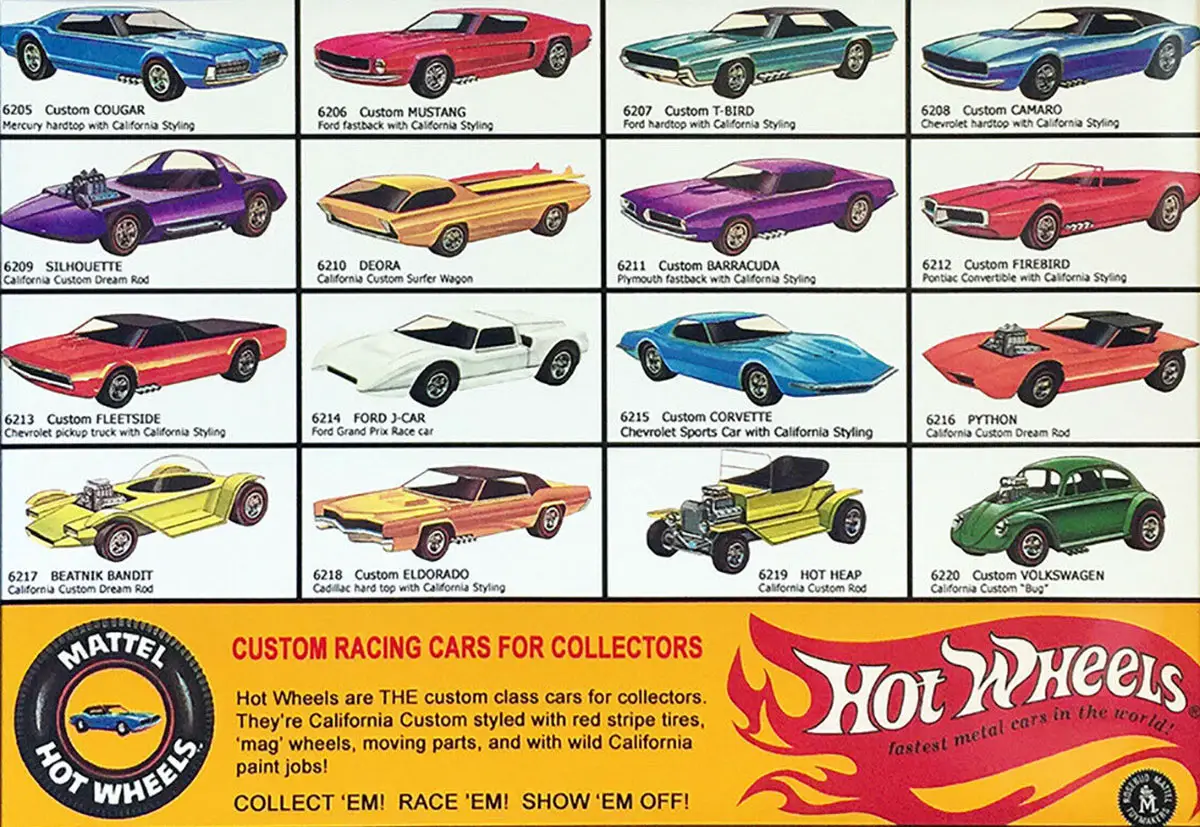
The arrival of Hot Wheels was a great success, forcing other manufacturers to change and modernize their lines in order not to lose market share. The success of the 1968 line was consolidated with the arrival of the 1969 line, making Mattel the largest manufacturer of miniature cars in the United States.
In 1970, 43 new models were introduced. However, between 1972 and 1973 only 7 new models were created. In addition, the painting of the cars was replaced, no longer being painted with spectraflame but with solid enamel colors instead, which is used to this day in the basic line. Due to the low sales during this period, the models of these two years are very sought after by collectors.
In 1974, the Flying Colors line was introduced. Flashy stickers and designs were used on the cars. With the success of this new strategy, other manufacturers copied the innovation to not lose market share. This helped to re-increase sales. Towards the end of the decade, the Red Line was gradually phased out. It was also during this period that there was a shift towards the manufacture of more realistic cars and trucks, such as those of competitor Matchbox.
During the 80s, Hot Wheels introduced several new features. The Hot Ones wheels were introduced in 1981 and had painted hubs and thinner axles for more speed. In 1983, the Real Riders line was released, which introduced wheels with rubber tires. However, despite the popularity, the line stopped being produced in 1987 due to the high cost of production. It would be released again years later. In 1984, sports and economy cars of the time were introduced to the mainline.
The 80s were also marked by a controversy with General Motors as they were getting ready to release the new Corvette. With problems on the production line, the release was delayed. However, Hot Wheels was already designing its miniature and it ended up being released before General Motors’ release. This nearly caused General Motors to cancel Mattel’s license.
In 1995 a big change took place: the models of each year were divided into series. Another big news was the introduction of the Treasure Hunts, which consisted of 12 models released throughout the year with special paintwork, wheels with rubber tires and initial production of just 10,000 units. In 2007 the series was renewed.
In the 2000s, Hot Wheels continued its dominance in the miniatures market. Special series with rubber tires, greater detail and better finish were released such as Entertainment, which introduced new vehicles from films and TV shows, in addition to re-editing others, already released previously in the mainline. They also released the Boulevard , Car Culture, Fast & Furious , Pop Culture, among others.
It was also the birth of the Red Line Club, an exclusive club where members have the chance to buy exclusive and limited special miniatures released throughout the year, in addition to having access to content that features articles, news and a forum.
Hot Wheels logo over the years
